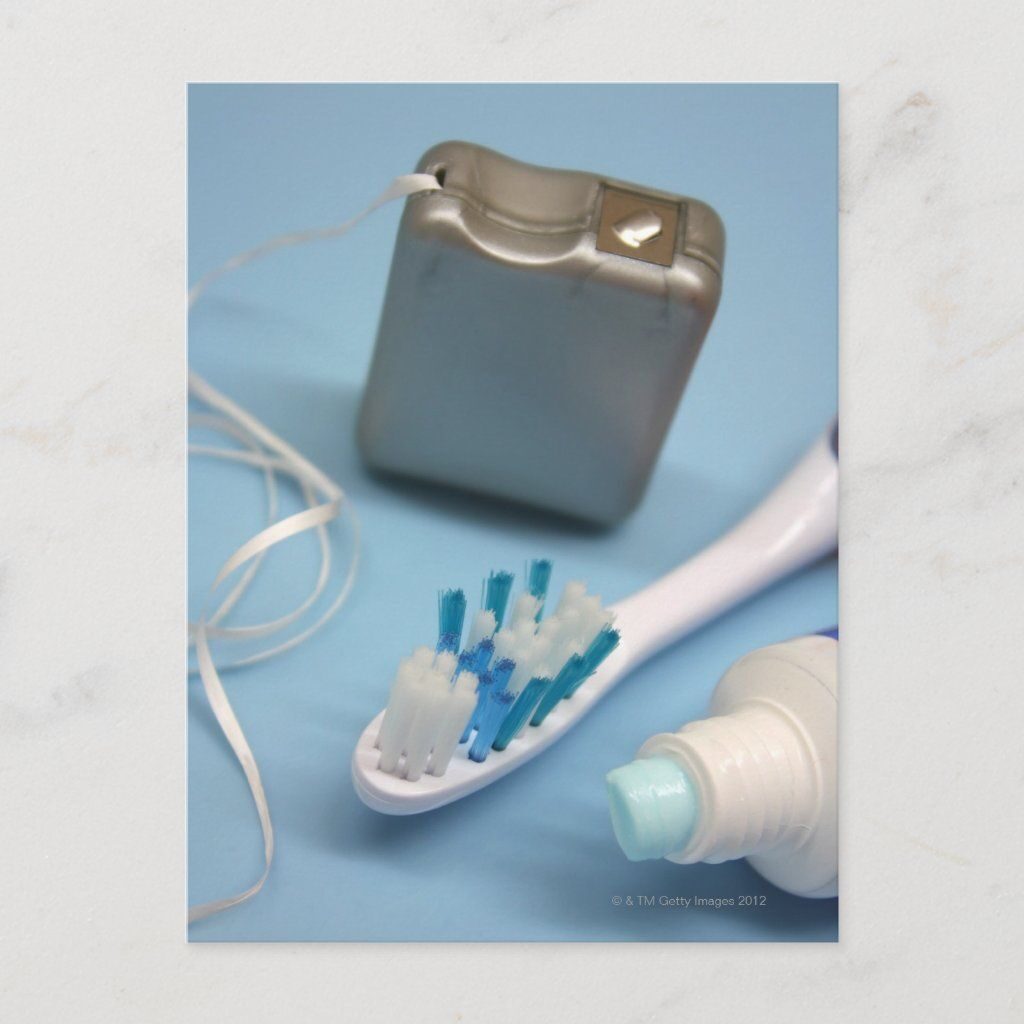Many people say that your smile is the most beautiful thing about you. Some people even argue that it is the most attractive feature in a person. In addition, it even adds confidence and strengthens self-esteem. If this is true, we should then put a lot of investment into our smile to maintain its quality.
Your teeth are one of the most critical parts of your smile. That said, taking care of your pearly whites should become a habit. However, not all people have enough scratch to afford dental health care. This is why it is imperative to know how to care for your teeth in the simplest ways. Knowing the best routine for brushing your teeth can go a long way towards getting your smile to work at 100% capacity, 24/7.
Here are some tips on how to work the best routine for excellent oral health.
THE BEST TEETH-BRUSHING ROUTINE
You’ve probably heard of the adage about how brushing your teeth twice a day keeps the dentist away. If you have, great! After all, it’s always better to prevent problems rather than solve them. In addition, aside from brushing twice a day, you should also make sure not to rush every time you brush. On average, it takes about two minutes to do a properly thorough job. All good things take time.
Try to remember that while oral health begins with clean teeth, it doesn’t end there. This is why you should keep the area where your teeth meet your gums clean. Doing this prevents gum disease, as well as cleans your tooth surface to prevent cavities. Furthermore, don’t forget to clean your tongue with a toothbrush or tongue scraper. Your tongue harbors a lot of bacteria, which is why you need to include cleaning it in your routine.
That said, it is also probably best if you try not to brush right after eating. Give it a few minutes, especially if you ingested something acidic like orange, grapefruit, or soda.
Your teeth-brushing technique shouldn’t leave something to be desired. Make sure to hold your toothbrush at a 45-degree angle that aims the bristles toward the area where your teeth meet your gums. Then, gently brush with short and circular back-and-forth motions. Don’t brush too hard or use stiff bristles as these hurt your gums. Do this for two minutes, and remember to brush the outside, inside, top, and bottom surfaces of your teeth. Don’t forget to clean your tongue, as well.
With regards to equipment, use fluoride toothpaste and a soft-bristled toothbrush. Better yet, you should consider using an electric or battery-operated toothbrush. These kinds of toothbrushes help reduce plaque and gingivitis, which is a mild form of gum disease. These devices are also incredibly beneficial to people who suffer from arthritis and other problems that make it difficult to brush thoroughly.
One of the tips in keeping your equipment clean includes always rinsing your toothbrush with water after brushing. Then, store it in an upright position and allow it to air-dry before you use it again. Also, try to keep it separate from other toothbrushes by buying a separate holder for yours. Doing this prevents cross-contamination. Finally, please don’t make it a habit to cover your toothbrush or store it in closed containers. This behavior encourages the growth of bacteria, mold, and yeast, and compromises your equipment’s cleanliness.
Replace your equipment regularly. You may do so every three months or sooner, depending on the quality of your toothbrush.
FLOSSING IS ALSO COOL
While brushing is your teeth is good, we can’t escape the fact that brushing alone can’t reach the bacteria in the tight spaces between your teeth. It’s also a stretch to say it can reach under the gum line. This is what makes flossing cool. It can become your daily routine finish.
When flossing, don’t skimp on the floss and break off around 18 inches. Then, wind some of the floss around each middle finger of your hands. Once you’re ready, gently guide the floss between your teeth in a rubbing motion. When the floss reaches your gum line, make a c shape and curve it against one tooth.
Don’t be in any hurry. Floss one tooth at a time, and make sure to slide the floss into the space between your gum and tooth. Then, gently rub the side of your teeth in an up-and-down motion. Then, unwind a few inches of fresh floss for the other teeth as you progress.
Make flossing a habit. However, if you never get the hang of it, consider trying an interdental cleaner like a dental pick, pre-threaded flosser, tiny brushes, water flosser, or a wooden or silicone wedge plaque remover.
OTHER ORAL HEALTH TIPS
Use fluoride mouthwash to clean your mouth after brushing and flossing your teeth thoroughly. This could be the last step to your teeth brushing routine. In addition, try to resist using toothpicks and other foreign objects that could injure your gums. Also, avoid smoking and eating lots of candy. You wouldn’t want gum disease and teeth loss as a problem.
Finally, if you notice any of the signs or symptoms listed below, contact your dentist for a check-up.
· Tender or swollen gums
· Red gums
· Gums that easily bleed when you brush or floss
· Gums that pull away from your teeth
· Loose teeth
· Persistent sensitivity to hot and cold
· Bad breath or a distinctive taste in your mouth
· Painful chewing
HOW DO YOU KNOW IF YOU HAVE GOOD ORAL HEALTH?
If you want to know how to spot a healthy mouth, here are some factors that indicate good oral health:
· Pink gums that don’t get sore or bleed when you brush or floss your teeth
· Clean and non-fuzzy teeth
If you have all these, and you don’t know of any persistent problems with your teeth, gums, tongue, or mouth in general, you should be good to smile your best smile every day! Consider it a part of your killer outfits, and show those pearly whites off at every opportunity. Take good care of your teeth and make sure you don’t take them for granted by employing the best teeth-brushing routine.


